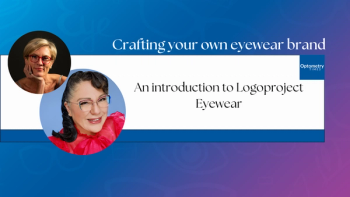
Business is business
My son, a recent graduate of the University of Alabama’s film school, does freelance video work. It is a cool way to pay his bills, and a fella has to start somewhere. On occasion I get to be his unpaid production assistant, which is to say I stand in the background and hold the microphone.
My son, a recent graduate of the University of Alabama’s film school, does freelance video work. It is a cool way to pay his bills, and a fella has to start somewhere. On occasion I get to be his unpaid production assistant, which is to say I stand in the background and hold the microphone. No camera time for dad, which is probably just as well. I’ve been told more than once I have a face for radio.
Recently one of his gigs took us to Atlanta, where he filmed some videos of over-the-road (OTR) truckers. The pieces, designed to be infomercials for a trucking website, were interviews of OTR truckers detailing how they handle their finances.
In essence, these OTR truckers are independent businesses. They own their trucks and deliver their loads under contract. They keep up with their expenses. They measure their production. As I was listening to them talk about their business (I was holding the boom microphone, after all), I thought of the similarities between what they do and what I do.
The great business oracle and songwriter James Taylor once said, “Keep your overhead low and your profits high.” I heard this mantra repeated several different ways by the truckers-how much it costs them to operate per mile, how much money they net per mile. They use metrics to measure their production the same way we do whether it's cost per mile or gross revenue per OD-hour.
What it all comes down to no matter what we choose to do, be it optometry or trucking or selling hot dogs on the street, is we’re all in business trying to make a living by turning a profit. The basic formula applies no matter what business you are in: gross minus cost equals net. When you consider what their fuel costs are per mile and how much they have to spend on vehicle upkeep, you can see how these OTR truckers are really struggling to turn a profit.
In that way, they are no different than us. As optometrists, we deal with reduced reimbursements, having to work harder to make the same money. How overhead costs continue to rise as our net shrinks. I had one optometrist colleague recently tell me, “It's a wise man who can slay the overhead dragon.” I wasn't good at slaying that dragon my first go-round in practice, but you bet your bottom dollar I'm watching my costs much closer this time. I've come to realize that every dollar I save reducing my overhead is a dollar that I keep. And I want to keep as many of those little green things as I can!
So what are you doing in your practice to keep all those little green things? I’d enjoy discussing business with you. Contact me at erniebowling@icloud.com.ODT
Newsletter
Want more insights like this? Subscribe to Optometry Times and get clinical pearls and practice tips delivered straight to your inbox.













































.png)


